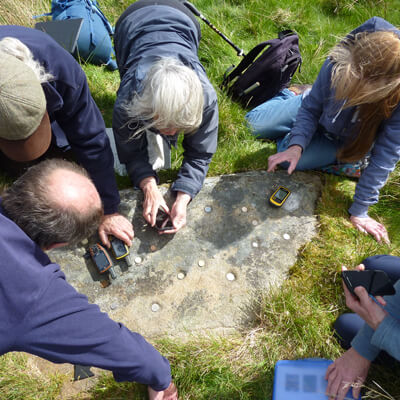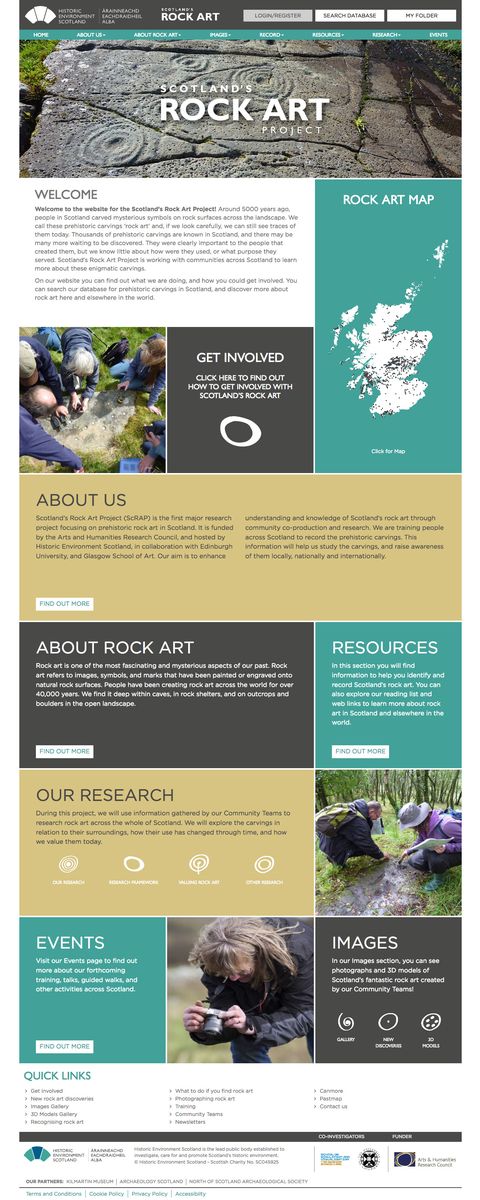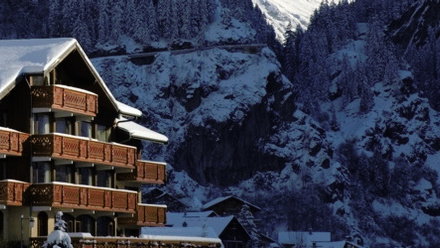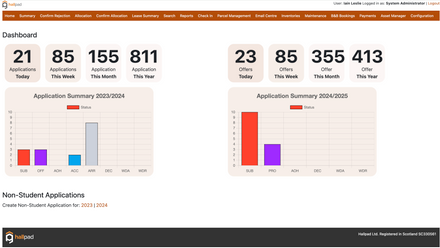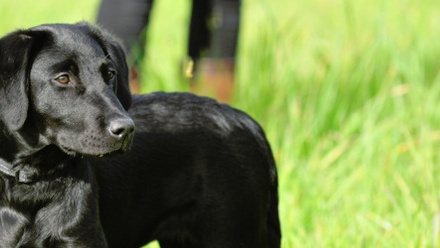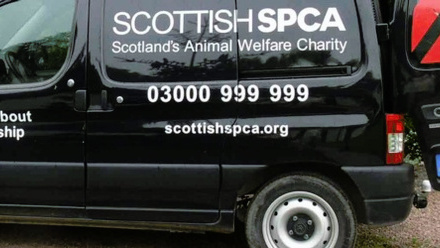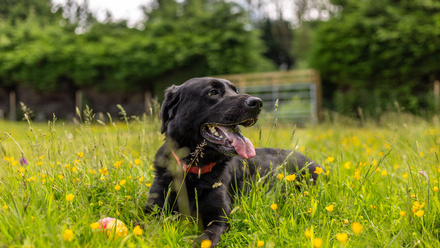Scotland's Rock Art Project for Historic Environment Scotland
Scotland's Rock Art Project (ScRAP) aims to conduct detailed research on Scotland’s rock art, and to enhance local, national and international awareness of this unique aspect of our heritage. To do this, the project team work with local people and heritage organisations to gather consistent, comprehensive data on all known rock carvings in Scotland using a standardised recording methodology. The database generated through field recording will inform their research, and will provide an accessible resource for the target audience of professionals, students and the wider public.
The project works with trained volunteers from local communities to gather text-based and visual records of the carvings. Community volunteers use a bespoke data input system to add user-generated data to the ScRAP database for validation and analysis by the ScRAP team.
Strategy
The project’s digital products and services provide a context for raising awareness of the rock carvings with different audiences, and are pivotal to the success of our data gathering, analysis and sharing.
These include:
- The ScRAP database which was initially populated from existing archives.
- The ScRAP website provides a platform to search the project database and enable users to access information about Scotland’s prehistoric rock art. It has been designed to educate and engage the public by providing details and images of each panel along with mapping to allow them to find the panels themselves.
- The Data Input System allows trained volunteers to upload their data to the ScRAP database, creating a comprehensive record of each carving with multiple photographs and 2D and 3D models.
Execution
Historic Environment Scotland (HES) appointed Horisk to develop the digital aspects of the project. The website, database and data tools were developed using an Agile methodology. The project required significant liaison with internal teams at HES for data interchange with the Canmore database, and to ensure that the website and tools met HES’s requirements for responsiveness, accessibility and branding.
The project team trained teams of volunteers to collect data and use the data input system. Using a sophisticated map-based interface teams can find and assign individual carvings to survey, and can then record and upload all the data for each carving. Teams can also indicate areas on the map that they have completed surveying, and view survey areas of neighbouring teams. After validation by the project team, data are stored in the ScRAP database and copies are transferred into Canmore for long term curation. All data are publicly available via the ScRAP website.
The data tools were developed as a plugin for an open-source CMS, so are fully integrated into the website. Database fields were mapped to the Canmore database and a protocol established to allow regular data exchange between the two systems. The data recording form for each carving requires over 100 open and closed fields – this was refined and tested with community participants over several iterations to ensure it was easy to complete. The system is deployed as a containerised application on a cloud platform.
Effectiveness
The digital tools were only made available to volunteer teams in May of this year, but over 100 carvings are already being surveyed, and 15 have been validated for import into the Canmore database.
The project meets the objectives of
- providing a database and tools which can support the project team and volunteers in organising the rock art survey and gathering and validating research grade data
- exchanging data with Scotland’s national archive
- Provide an engaging website to educate and inform the public about this often overlooked part of our heritage.

